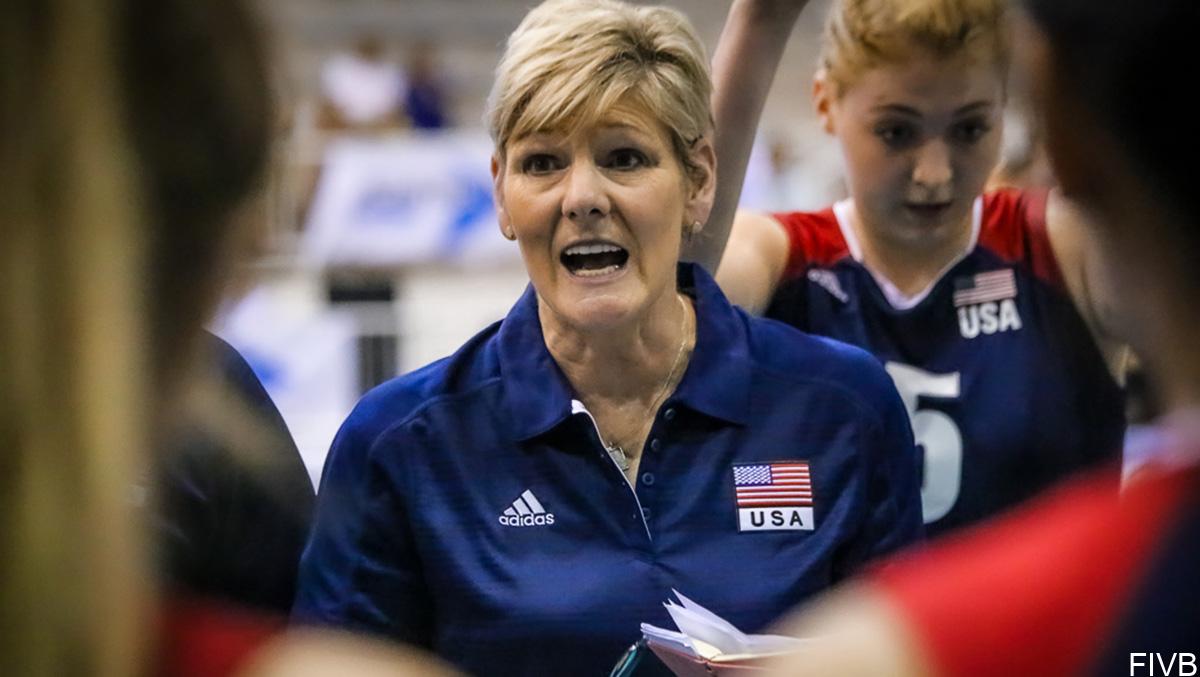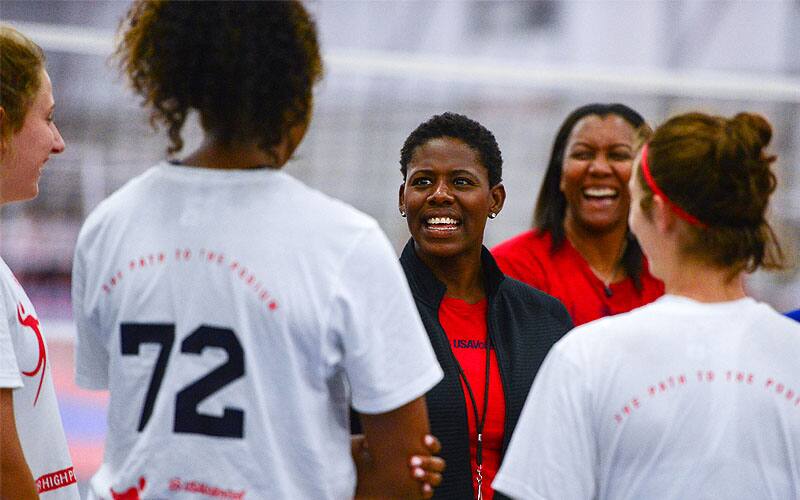
Dr. W. Edwards Deming (Dr. Deming) was a statistician who rose to prominence for his groundbreaking approach to manufacturing and for his philosophy about management. He is credited as one of the people who helped turn Japan into a manufacturing powerhouse after World War II. In fact, Japan so respected this man that the Union of Japanese Scientists and Engineers (JUSE) named their top prize for Total Quality Management in his honor, The Deming Prize. He passed away in the 1990s.
Dr. Deming left a legacy with his teaching, writing and speaking engagements. Arguably, he is best known for his 14 Points for Management. He also wrote that management should avoid the Seven Deadly Diseases, obstacles that hinder progress toward the pinnacle that he believed was there for those organizations that embraced his 14 Points.
With some adjustments, I’d like to offer you my own 14 Points for coaching. Before I begin, however, I’m going to paraphrase a Dr. Deming quote by making it more obviously about volleyball: “If coaches were to spend as much existing time to improve their coaching processes as they do in ranking, rating, rewarding and punishing their athletes at all ends of the skill spectrum, the results would be stupendous improvement of our sport.”
Fourteen Points for Volleyball Coaching
- It takes the relentless pursuit of knowledge on all levels, from both athletes and coaches, to drive improvement in our sport.
- Don’t confuse movement with action. We train our athletes dozens of times a season, but what are we doing to train ourselves?
- Begin with the end in mind (borrowing one of Steven Covey’s The 7 Habits of Highly Effective People) by being reflective as a coach such that you recognize what improvements need to made within you, and committing to the change(s).
- Stop taking touches during training. It robs your athletes of growth in their volleyball IQ they build as they actively read and react to game-like situations. As a coach, you don’t serve, set, pass or hit during a match. Give those critical growth opportunities to your athletes.
- Come to every training session with a detailed practice plan that is documented and shared with your athletes.
- Train yourself to be a better coach, train your athletes to be better athletes (which includes better citizens, students, family-members, etc.), and train your parents to accept the ebb and flow of the sport and of athlete development.
- Earn the trust of your athletes and their parents. Do that every day and you’ll become a leader. Remember, the strength of the team lies within the strength of the leaders.
- Stop punishing your athletes for their mistakes and their errors unless you are willing to accept punishment for your coaching mistakes and your errors.
- Consider giving some of the traditional coaching actions over to your athletes (for example, calling a time out, running much of the training themselves, etc.). A certain level of autonomy helps build trust and shows your athletes that they have a certain level of responsibility for working towards team goals.
- During training, avoid using only half of the court when the other half is available. Don’t waste the precious court square footage, use all available space .
- Eliminate substitutions immediately after an athlete makes a mistake or an error. If you substitute after every mistake, you’ll run out of substitutions before the set is half over. Remember, this game involves constant learning, and learning comes from making mistakes.
- Recognize that a rising tide raises all boats by working tirelessly to improve all athletes on your team, not just the higher skilled ones. All the athletes on your team deserve the same chance to learn, to play. If you give all your athletes that chance, your overall team skill will improve.
- Remember that “to give less than your best is to have sacrificed the gift” applies to you as well your athletes.
- Winning and losing stretch well beyond the final score. Be seen as a winner coach by growing the game and by having your athletes enjoy participating so much that they want to continue playing year after year.

Coupled with my 14 Points, I believe that the concept of obstacles to the transformation (Dr. Deming’s Seven Deadly Diseases) has an even more profound impact on the sport of volleyball. Sadly, throughout my many years coaching volleyball, I’ve seen countless coaches being their own worst enemy by being the obvious obstacle to the transformation. It still shocks me how many obstacles I come across in my little corner of the volleyball community, obstacles that place a wall between what we may think is right versus what motor skill science indicates is right.
As coaches, we have common goals like athlete improvement over time, winning, and so on. Not every team we have is going to be a world-beater, and, despite our best efforts, not every athlete we coach will play in college or for national team. But, what can we do as coaches? What should we be doing as coaches?
I contend that we should be trying to find ways to avoid as many of the obstacles to the transformation as possible. We want to improve our chances of seeing improvement over time, of winning, and of increasing the volleyball IQ of all our athletes.
Avoid the obstacles as best you can and you may be surprised at the outcome.
Keeping with the Dr. Deming theme, I believe there are seven core obstacles that litter the path to the transformation of coaching the sport of volleyball.
Seven Deadly Diseases for Volleyball Coaching
- Frustration, anger, and disappointment aimed toward athletes that leads to punishment.
- Ignoring the science associated with motor skills development and training to increase those motor skills.
- Coaches that suffer from the illusion of knowledge where they think they know, or they do it a certain way only because when they played, they were coached that way and use the same drills.
- Not understanding that younger athletes and lesser skilled athletes need to be trained differently than older, higher skilled athletes.
- Failure of coaches to recognize that training ugly (shout-out to Trevor Ragan at the Learner Lab) typically yields far better retained volleyball IQ than that is intended to look perfect.
- Any condition or situation during training where the athletes are not actively participating or are standing and watching while others are participating.
- Thinking that “the coach is always right” and refusing to listen, to change. Sometimes, you just might be wrong and you should listen, you should change.
If you’re willing to learn, if you’re willing to concede there is likely more that the athlete learns by training ugly, by teaching the randomness of the game to our athletes, well, I believe you’re on your way to becoming transformed.
I wish you the best of luck in your pursuit of becoming transformed.

